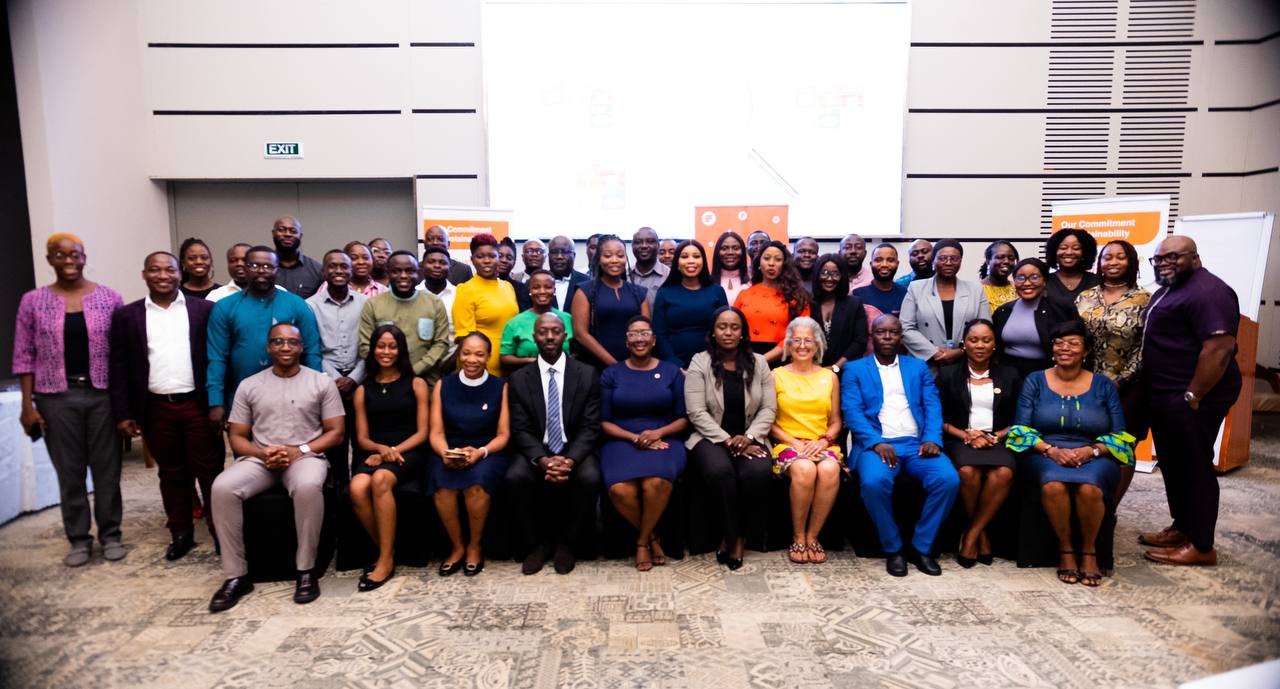
Smallholder farmers in Ghana are adopting drone technology for crop surveillance in a bid to increase yields and incomes.
The new technology is being used as farmers’ cooperatives are slowly abandoning manual labor as they seek higher efficiency.
Some, however, think the use of the drones is too costly and may shut out poor farmers.
At the Kpong rice irrigation scheme in Ghana, 28-year-old George Majitwey of GEM Solutions watches as his drone becomes airborne and begins its first task of the day – surveying for diseases and pests.
“The one we are using is a multispecial enabled drone that is specific to agriculture. It’s looking for pest, disease, irrigation issues, that kind of deal," Majitwey said.
His is among companies now sponsored by the Netherlands-based Technical Center for Agricultural and Rural Cooperation, a European Union-funded institute, in a bid to attract more young Africans to agriculture.
CTA estimates that streamlining agriculture through technology could earn the continent $2.6 billion every year.
Giacomo Rambaldi, a senior program coordinator at CTA, said, “It’s an evolving industry. It’s a market which is still untapped.”
While not all farmers can afford to work with drones and many fear they could lose their jobs to technology, some, like Appiah Owusi, see it as a way of increasing yields, compared to traditional techniques.
“When you use the knapsack machine your leg will tear the root (and) reduce yield," Owusi said.
Delegates are meeting in Accra to discuss ways to transform agriculture on the continent, and drones are just one of the topics they are discussing as a way to improve Africa's food security.
Read Full Story




















Facebook
Twitter
Pinterest
Instagram
Google+
YouTube
LinkedIn
RSS